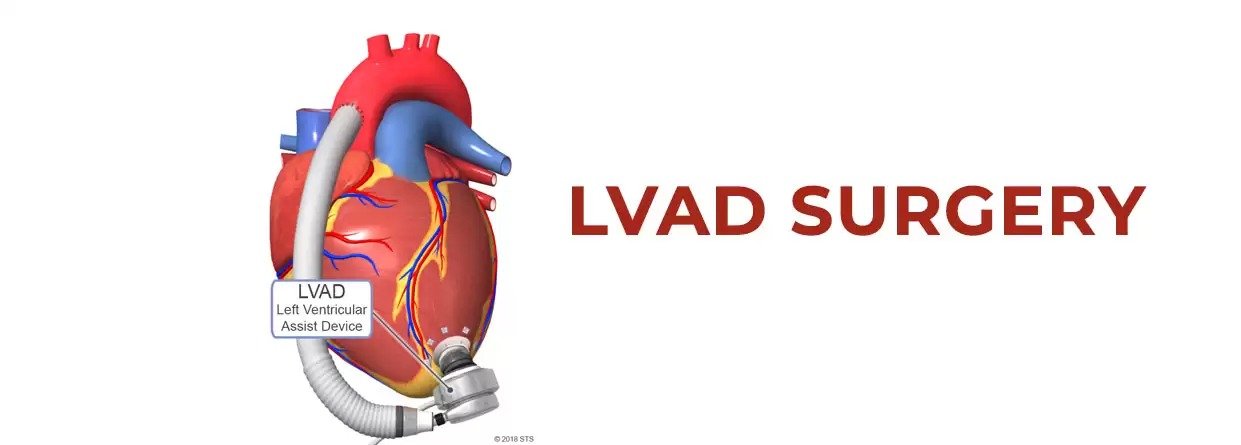Life-Saving Technology: Understanding LVAD Surgery

Introduction:
Left Ventricular Assist Device (LVAD) surgery is a remarkable medical procedure that offers hope to individuals suffering from severe heart failure. It involves the implantation of a mechanical pump that assists the left ventricle in pumping blood, thereby improving the heart’s overall function. Now, we delve into the intricacies of LVAD surgery to shed light on this life-saving technology.
- Patient Evaluation: The journey begins with a comprehensive evaluation of the patient’s heart condition. Candidates for LVAD surgery typically have advanced heart failure and have exhausted other treatment options. Evaluation includes assessing the patient’s overall health and determining if they can tolerate the surgery.
- Implantation: During the surgical procedure, the LVAD device is implanted. A small incision is made in the chest to access the heart, and the device is connected to the left ventricle and aorta. The device takes over a portion of the heart’s pumping function, significantly improving blood circulation.
- Power Source: An essential aspect of LVAD surgery is the power source. The device is powered through a driveline that exits the patient’s body and connects to an external controller and battery pack. Patients are educated on how to maintain and use these components.
- Postoperative Care: After the surgery, patients require specialized care to monitor their progress and ensure proper functioning of the LVAD. This may involve a hospital stay of several weeks to allow for recovery and adjustment.
- Lifestyle Changes: Living with an LVAD involves lifestyle modifications. Patients must manage their drive lines, batteries, and controllers. Regular follow-up appointments are crucial to monitor device function, medication management, and overall health.
- Bridge to Transplant: In many cases, LVAD serves as a “bridge” for patients awaiting a heart transplant. It helps stabilize their condition while they wait for a suitable donor heart.
- Improved Quality of Life: LVAD surgery often leads to a dramatic improvement in the patient’s quality of life. Symptoms such as fatigue, shortness of breath, and fluid retention are alleviated, allowing for a return to a more active and fulfilling life.
- Complications: While LVADs are life-saving, they are not without potential complications, including infections, bleeding, and device malfunction. Vigilant monitoring and prompt medical attention are essential to address these issues.
- Long-Term Management: For patients who do not receive a heart transplant, long-term management of the LVAD is necessary. Some patients may live with the device for several years, and ongoing care is crucial for their well-being.
In summary, LVAD surgery is a remarkable medical advancement that offers hope and extended life to individuals with severe heart failure. It involves implanting a mechanical pump to assist the heart in pumping blood and requires meticulous postoperative care and lifestyle adjustments. LVADs have become a lifeline for many patients, enabling them to lead fulfilling lives while awaiting transplantation or as a long-term solution.

